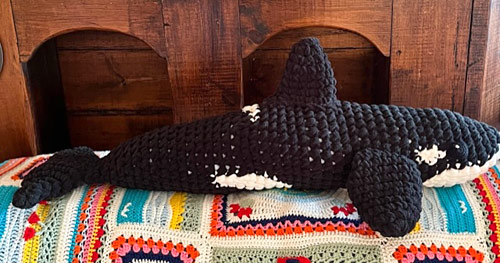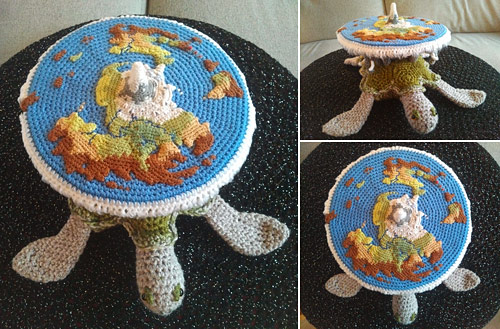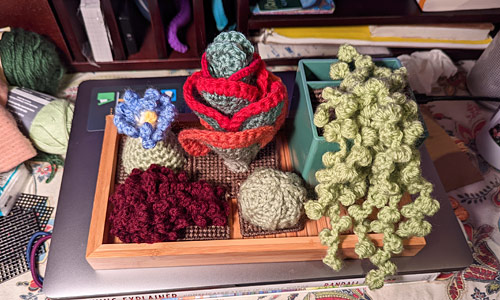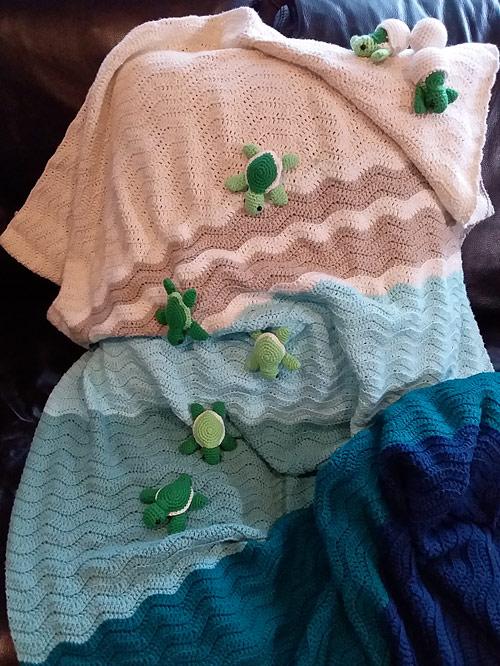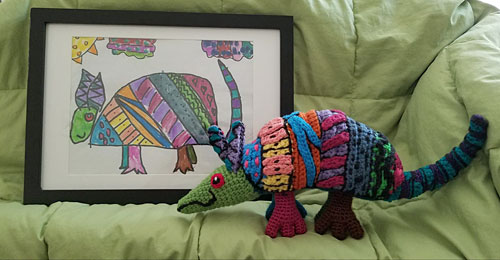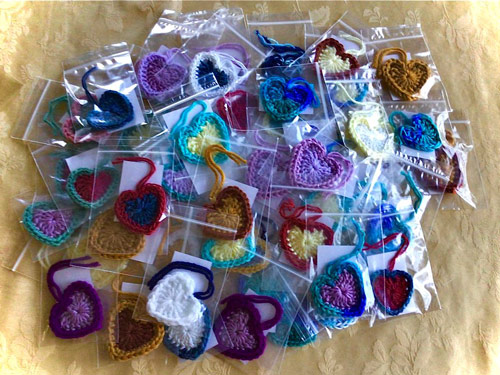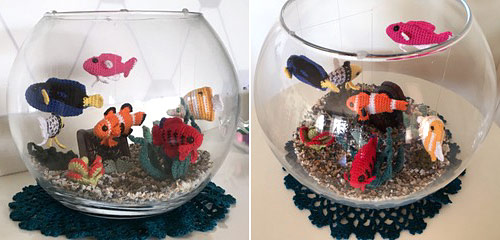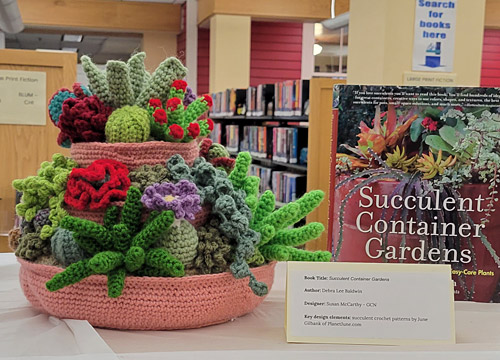
Today’s PlanetJune Story comes from Susan McCarthy from Norfolk MA. I always love to see people using my potted plant crochet patterns in new and creative ways, and Susan’s fabulous multi-tier succulent display definitely fits that bill! I’ll let Susan explain: I belong to the Garden Club of Norfolk (Massachusetts) and each month someone signs […]

